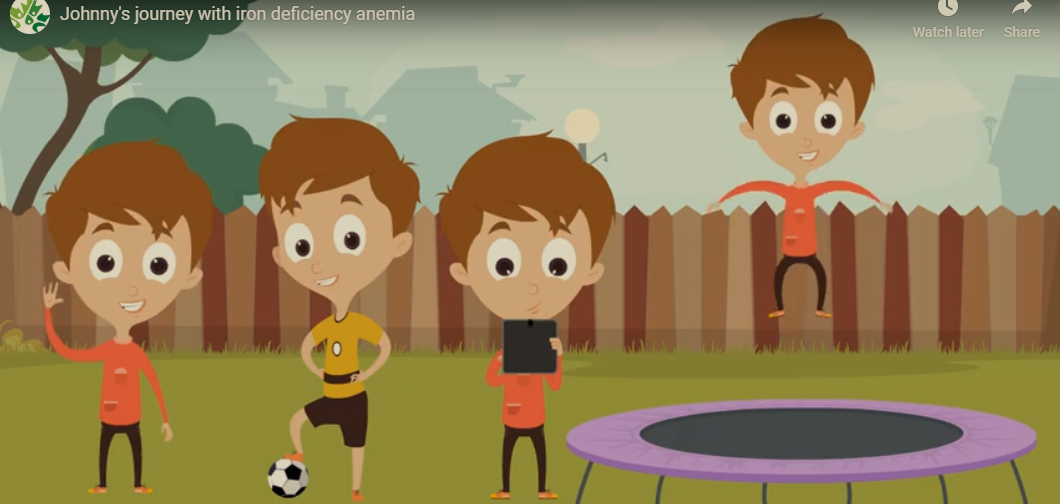
Creating a Cartoon to Engage Patients About Their Health
Iron deficiency is the most common nutritional deficiency globally. Some studies indicate a 79% prevalence rate in remote areas in Canada. It’s also particularly common in children.
By Sina SayedinazadAs a part of my Dean’s Summer Research Project, my supervisor, Dr. Roona Sinha (MD), and I aimed to create validated patient information materials for pediatric iron deficiency anemia.
At the beginning of our project, we discussed creating short brochures or documents that would convey our educational materials.
After some discussion, Dr. Sinha and I came to the conclusion that there were written documents published, however they were not engaging for patients. How can we explain to children, and their parents, what iron deficiency anemia means and what it looks like?
During our meeting we brainstormed solutions, and we decided to create an animated cartoon.
We decided to create a story line that explains the role of iron deficiency anemia in a young patient’s life. Dr. Sinha asked if I had any animating experience, and I replied no. However, she was very supportive during this process and we were both confident we could create something.
With the help of Dr. Sinha, her colleagues Dr. McConnell, Craig Eling, and Dr. Tehseen, we wrote, edited and finalized the script. With the help of Dr. McConnell’s three children – Sarah, Rachel and Jonah, we were able to bring to life the voices of the characters in the video during production. The help from the individuals listed above was invaluable, and the project could not have been completed without them.
After we finished creating the video, we recruited patients in the hospital at the Royal University Hospital or during their clinic appointments. We asked the parents of the patients with iron deficiency anemia to complete a short 10 question quiz that aimed to establish their baseline knowledge regarding iron deficiency anemia.
After completing the quiz, the parents were asked to watch the video. Subsequently, the parents completed a second quiz, which aimed to assess their knowledge after they watched the video.
Finally, in 3-4 weeks, we called the parents and asked them to complete a third quiz, in order to test their knowledge retention. Currently, the preliminary data from the project is promising, however there has not been a lot of data points gathered to confirm the findings.
I would like to thank the University of Saskatchewan College of Medicine Deans Project for organizing and providing an opportunity to innovate and create this project. A special thank you to Dr. Sinha, Dr. McConnell, Dr. Tehseen, Craig Eling, Sarah, Rachel and Jonah for their help and support throughout this project.
Currently our project is involved in the CIHR IHDCYH talks video competition. You can support us and the University of Saskatchewan by going to the playlist and liking the YouTube video. The competition’s winner is awarded to the video with the most number of likes on their YouTube video.
